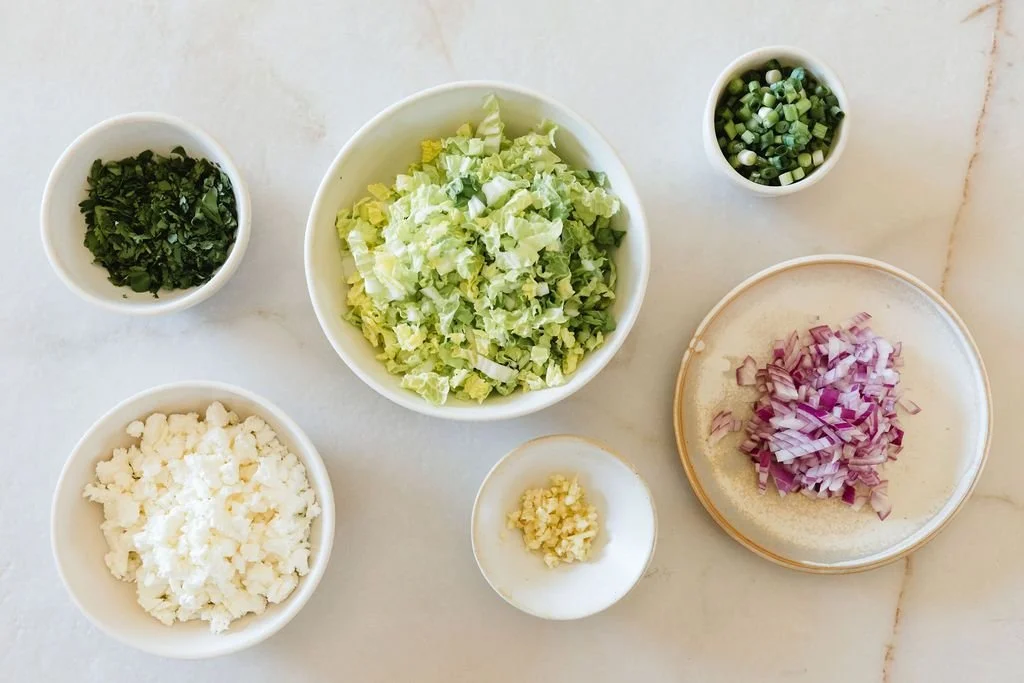Your restaurant’s salad bar always looks fresh and inviting. You offer a variety of selections that win new customers and keep regulars coming back. Salad bar food safety is a critical ingredient in making sure you always serve your very best.
10 Ways to Keep Salad Bar Food Safe
There are so many ways to improve a salad bar, but updating food safety procedures should always top the list. Use these 10 key points to refresh your salad bar food safety routines.
1. How Cold Does A Salad Bar Have To Be To Keep Food Safe?
Salad bar food must be kept at a temperature below 41 degrees Fahrenheit. Higher temperatures greatly increase the risk of dangerous bacterial growth. Make sure employees regularly monitor salad bar temperatures and immediately address any problems.
2. Do Some Salad Bar Items Need Special Attention?
Every item on the salad bar needs to be kept at a safe temperature. Some foods are considered more vulnerable to bacterial growth. For example, creamy dressings and salads that contain eggs or potatoes are temperature-sensitive.
3. Why Is Careful Sourcing So Important?
From fava beans to romaine lettuce hearts, you want the freshest possible produce on your salad bar. The best way to ensure consistency is to source from a grower and shipper with a solid reputation. You know you’re always buying the best for your salad bar, and you also cut down on waste generated by low-quality produce.
4. How Often Should Salad Bar Equipment Be Serviced?
Technology has greatly improved cold salad bar food safety, but refrigerated equipment still needs regular maintenance. Have your units serviced by an industry technician several times a year. Keep restaurant safety standards high by replacing old units with NSF-certified equipment.
5. What Can Employees Do To Ensure Salad Bar Safety?
Whether the salad bar setting is a restaurant, an event facility or a school cafeteria, employees play a critical role in food safety. Clearly post your policies for employee hygiene. Include these important points.
• Never come to work sick.
• Keep hands washed and sanitized.
• Wear single-use gloves when handling food.
• Never reuse single-use gloves.
6. How Does Back Of House Affect The Salad Bar?
Back of house employees should inspect produce deliveries and confirm freshness. They’re also responsible for safely storing and prepping salad bar items. Make sure everyone in the kitchen follows fresh produce safety basics.
• Clean and sanitize all work station surfaces before and after each service.
• Clean and sanitize prep utensils before and after each service.
• Change out utensils between different prep tasks.
• Color-code separate chopping boards for meats and vegetables.
7. What Do Employees Need To Monitor On The Salad Bar?
Instruct front of house staff to closely watch the salad bar. They need to check temperatures hourly, replace dropped utensils and keep serving areas clean. They should also dispose of any food that falls outside its designated container.
8. How Often Should Salad Bar Utensils Be Cleaned And Sanitized?
Clean, sanitize and store salad bar serving utensils at the end of each shift. When in use, there should be only one utensil for each food tray. Immediately change out utensils that are contaminated by touch, dropped on the floor or placed in the wrong container.
9. Is Cross Contamination A Salad Bar Problem?
Cross contamination occurs on a salad bar when food items are placed in the wrong container. In the case of misplaced items, replace the container with a tray of fresh ingredients. Don’t refill containers. Instead, avoid cross contamination by keeping fresh trays ready to go in the walk-in.
10. What Are Best End-Of-Day Procedures?
Completely break down the salad bar at the end of each day. Remove, clean and sanitize all utensils, containers and trays. Clean and sanitize all salad bar surfaces and sneeze guards. Check interiors and under units for food debris. Make sure temperature controls are operating properly.
Keep Serving Your Very Best
All salad bar food safety procedures need updating from time to time. Use our guide to streamline your operations and refresh best employee practices. We’re always happy to share information that makes your job as a restaurant manager or owner a little easier. Here at Hitchcock Farms, you can always count on us to help you serve your best.




